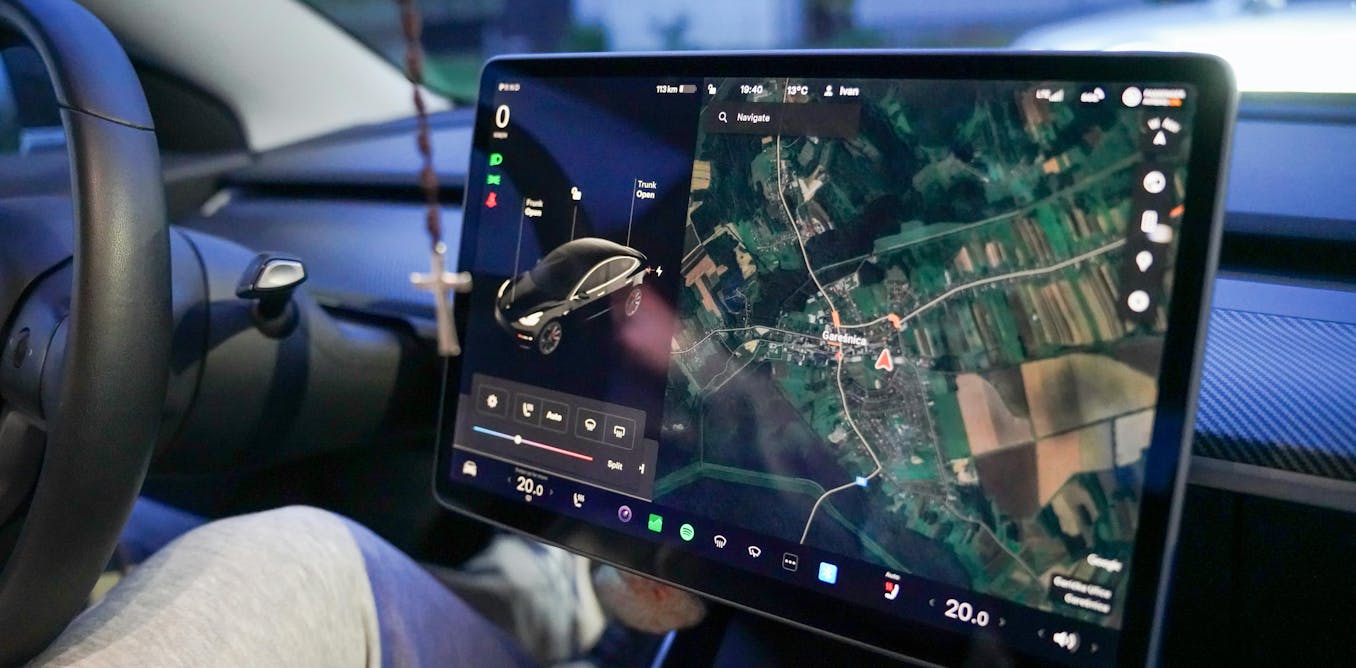According to the International Maritime Organization, shipping was responsible for over 1 billion tonnes of carbon dioxide emissions in 2018. A significant share of those emissions came from seaport activities, including ship berthing, cargo handling, and transportation within port areas. In response, governments, NGOs, and environmental watchdog groups are sounding alarms and advocating for urgent measures to mitigate pollution at the world’s ports.
One of the most promising solutions for the decarbonization of port operations involves electrifying these facilities. This plan envisions ships plugging into dockside electric power rather than running their diesel-powered auxiliary generators for lighting, cargo handling, heating and cooling, accommodation, and onboard electronics. It would also call for replacing diesel-powered cranes, forklifts, and trucks that move massive shipping containers from ship to shore with battery-powered alternatives.
To delve deeper into this transformative approach, IEEE Spectrum recently spoke with John Prousalidis, a leading advocate for seaport electrification. Prousalidis, a professor of marine electrical engineering at the National Technical University of Athens, has played a pivotal role in developing standards for seaport electrification through his involvement with the IEEE, the International Electrical Commission (IEC), and the International Organization for Standardization (ISO). As vice-chair of the IEEE Marine Power Systems Coordinating Committee, he has been instrumental in advancing these ideas. Last year, Prousalidis co-authored a key paper titled “Holistic Energy Transformation of Ports: The Proteus Plan” in IEEE Electrification Magazine. In the paper, Prousalidis and his co-authors outlined their comprehensive vision for the future of port operations. The main points of the Proteus plan have been integrated in the policy document on Smart and Sustainable Ports coordinated by Prousalidis within the European Public Policy Committee Working Group on Energy; the policy document was approved in July 2024 by the IEEE Global Policy Committee.
Professor John ProusalidisJohn Prousalidis
What exactly is “cold ironing?”
John Prousalidis: Cold ironing involves shutting down a ship’s propulsion and auxiliary engines while at port, and instead, using electricity from shore to power onboard systems like air conditioning, cargo handling equipment, kitchens, and lighting. This reduces emissions because electricity from the grid, especially from renewable sources, is more environmentally friendly than burning diesel fuel on site. The technical challenges include matching the ship’s voltage and frequency with that of the local grid, which, in general, varies globally, while tackling grounding issues to protect against short circuits.
IEEE, along with IEC and ISO, have developed a joint standard, 80005, which is a series of three different standards for high-voltage and low-voltage connection. It is perhaps…
Read full article: Ditching Diesel in Seaports in Favor of Electrification

The post “Ditching Diesel in Seaports in Favor of Electrification” by Willie D. Jones was published on 08/24/2024 by spectrum.ieee.org




































Leave a Reply